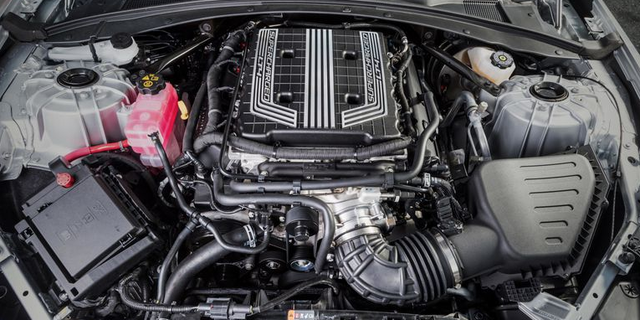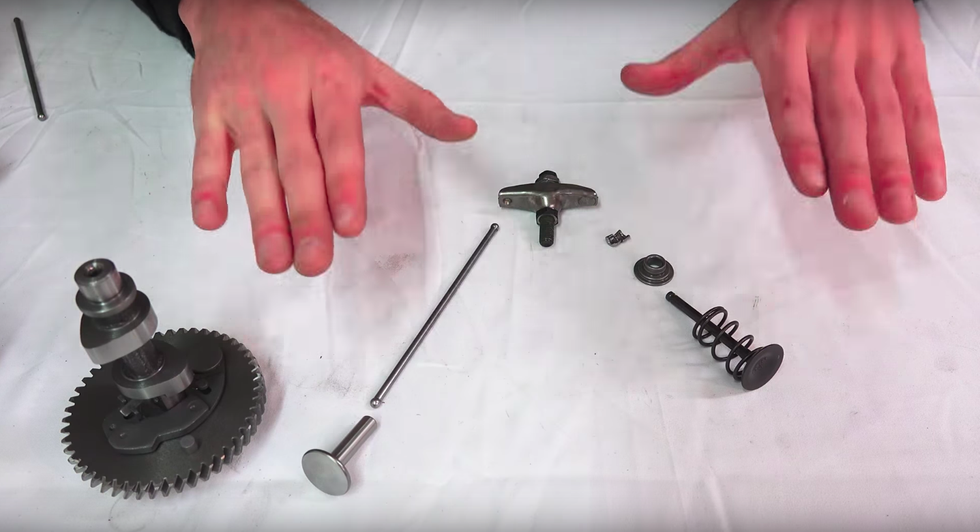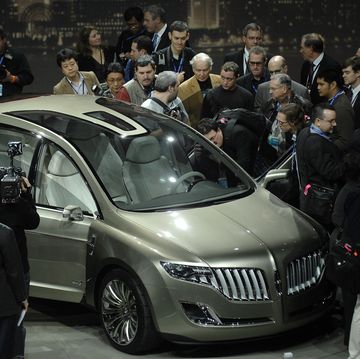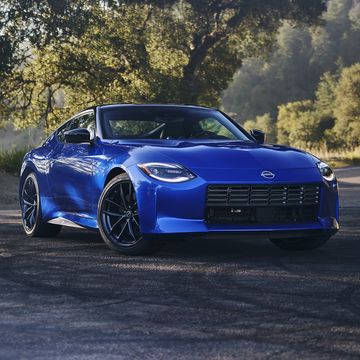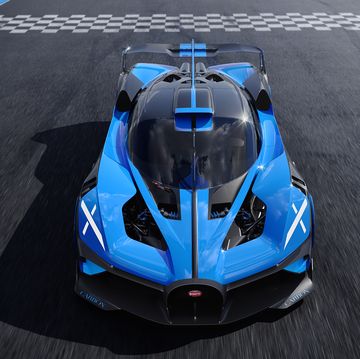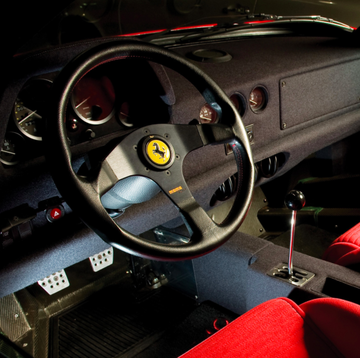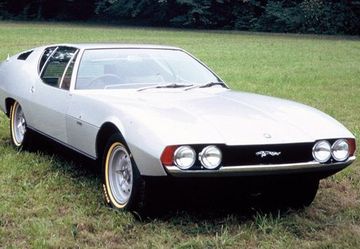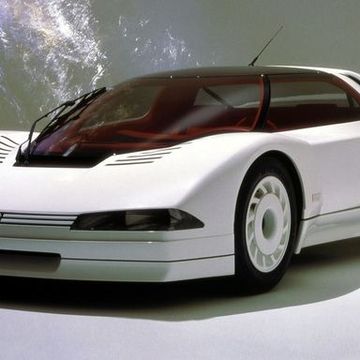Pushrod engines are great for a lot of reasons. They're compact, they're simple, and if done right, they sound good. But one drawback of the pushrod design is that it can't rev as high as a comparable overhead-cam engine. Thanks to Jason Fenske of Engineering Explained, you can find out why.
Pushrod engines are unique in that the camshaft is inside the cylinder block—not on top in the cylinder head. This makes engine height shorter, allowing for a more compact design. The downside is that the camshaft rotation has to travel through a pushrod and a rocker arm, which pushes a spring down to open the valves. This generates a considerable amount of reciprocating mass.
When an engine reaches higher RPMs, the spring that pushes the valve back into place can't keep up, and eventually valve float will occur. Fenske goes onto say that because most pushrod engines use just two valves per cylinder, getting enough air to reach high RPMs into the cylinder is also a challenge.
But that's just a simple explanation. Let Fenske describe the inner workings of the pushrod engine and its limitations in his latest video below.

Brian Silvestro is Hearst Autos' former lead deputy editor for rankings content. He spent over seven years as a staff writer for Road & Track Magazine where he contributed car reviews, industry interviews, and more. He has a taste for high-mileage, rusted-out projects and amateur endurance racing.
